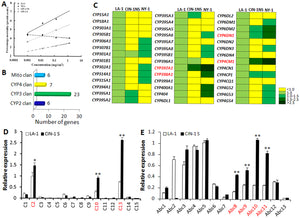How Bed Bugs Develop Resistance to Pyrethroid Pesticides
A new scientific study explains in depth, many of the genetic mutations that allow bed bugs to develop resistance to pyrethroid based pesticides.
Most of the resistance associated genes are expressed in the epidermal layer of bed bugs, preventing or slowing down the pyrethroids from reaching the nerve center.
This makes us think about diatomaceous earth which affects the outer layer of bed bugs. Diatomaceous earth works in a mechanical fashion—it disrupts the waxy shell of the bed bug and makes bed bugs prone to death by dehydration. Perhaps that disruption of the waxy shell would also make pyrethroid based pesticides more prone to penetrate. We don’t know if this is the case but it is interesting to consider.
Regardless, there are pesticides that are not pyrethroid based and to which bed bugs have not yet developed resistance. We discuss these pesticide in more depth here.
But the most effective way to kill bed bugs is heat. In an interview with the BBC, Dr. Subba R. Pali, who was one of the authors of the above study, says, “The best option now is to heat the place up….”
This is why we use heat in the ZappBug Oven and ZappBug Room. Both the Oven and the Room kill 100% of bed bugs in all life stages. And speaking of scientific studies, here is an independent lab report, showing the efficacy of the ZappBug Oven.
Posted by Andrew Havlis


